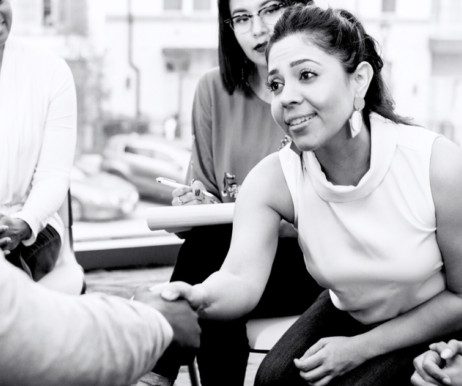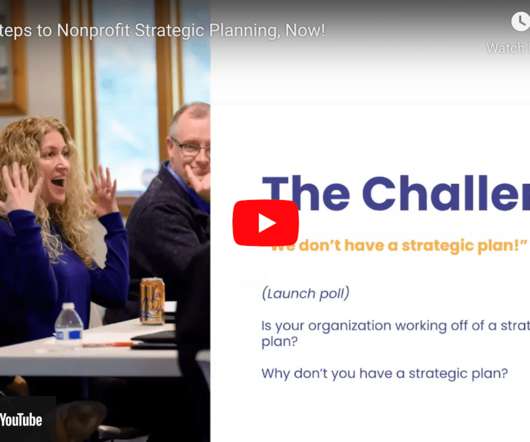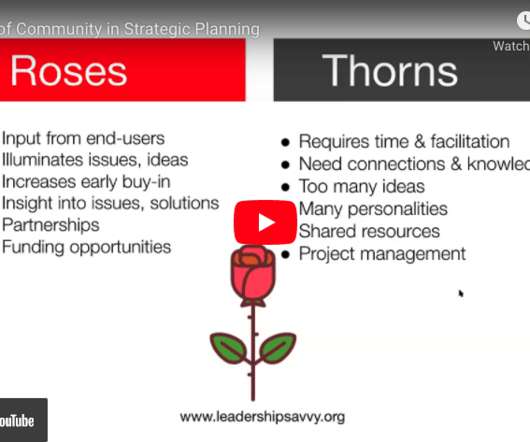Prioritizing authentic connections through trust-based philanthropy
Candid
MAY 15, 2024
At the Honnold Foundation, we had been working in partnership with grassroots organizations for some time before we learned that there was a term for the kind of grantmaking we do: trust-based philanthropy (TBP). If a metric isn’t reflective of the impact they want to make, then why collect it?








































Let's personalize your content